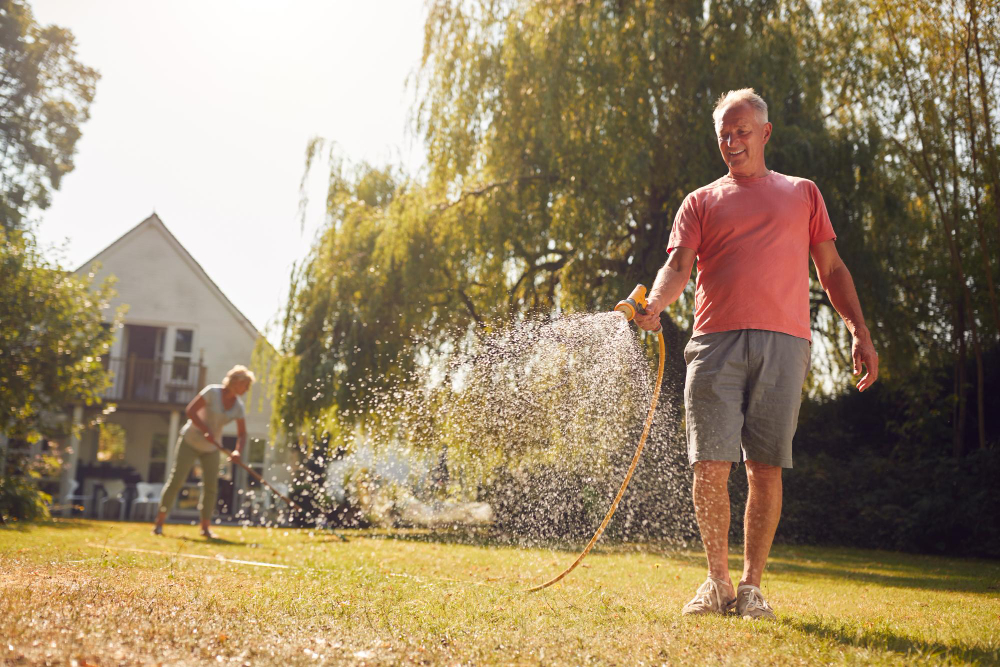How Much Should You Water Your Lawn

Maintaining a green and healthy lawn is every homeowner’s dream. However, keeping your lawn alive and well requires a lot of work and knowledge. One of the most critical aspects of lawn care is watering. Many homeowners do not realize how much water their lawn needs, and as such, they either over-water or under-water their lawns. This leads to loss of water and money or worse, an unhealthy lawn. This blog post will provide you with everything you need to know about watering your lawn to ensure it thrives.
1. Watering Frequency
The frequency of watering your lawn depends on the type of soil, climate, and grass species. For instance, sandy soils require more frequent watering compared to clay soils, while warm-season grasses like Bermuda and Zoysia require less watering than cool-season grasses like Fescue and Bluegrass. As a general rule, it's best to water your lawn deeply and infrequently. This means watering once or twice a week depending on your location's climate.
2. Watering Time
The best time to water your lawn is early in the morning, just before sunrise. This is because the wind is calm, and the temperature is lower, meaning the water will not evaporate quickly. Alternatively, you can water your lawn in the evening, but you risk fungal and disease growth on the grass blades if they remain damp overnight.
3. Watering Amount
Over-watering your lawn is not only wasteful but can also promote fungal growth and attract pests. Similarly, under-watering your lawn can lead to weak roots, brown patches, and a thin lawn. The ideal amount of water your lawn needs per week is one inch of water, which means approximately 30 to 60 minutes of watering depending on the type of sprinkler you use and the water pressure.
4. Watering Method
There are several ways to water your lawn, including using the sprinklers, drip irrigation, and hose-end sprinklers. Each method has its pros and cons, and the one you choose depends on your lawn's size, shape, and the kind of grass you have. However, the most efficient method of watering your lawn is using an automatic irrigation system, which you can program to water your lawn at specific times and amounts.
5. Checking for Water Penetration
Finally, it's essential to check if the water penetrates deep into the soil to reach the roots. To do this, you can use a shovel or a soil probe to check the soil’s moisture levels after watering your lawn. If the soil is dry, you need to water your lawn more. If the soil is too wet, and the surface is mushy, you need to reduce the amount of water you use.
Conclusion
Now that you know how much to water your lawn, you can keep it looking lush and green without wasting water and money. Be sure to check your local water regulations and conservation tips to ensure you are following the rules. Additionally, for those seeking a fresh, green lawn but may not have the expertise or time to manage it, From The Ground Up Landscaping has a team of experts who can help provide sod installation in Orlando, FL, and surrounding areas, and you will always get a free estimate. Contact them today to schedule your installation and enjoy a beautiful, healthy lawn!